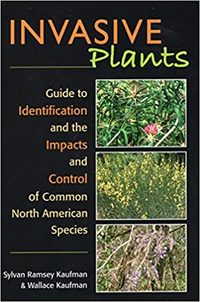Could your garden plants be breaking the law? These are the 6 invasive species you should avoid at all costs
Invasive plants can wreak havoc on your garden, and some are even illegal
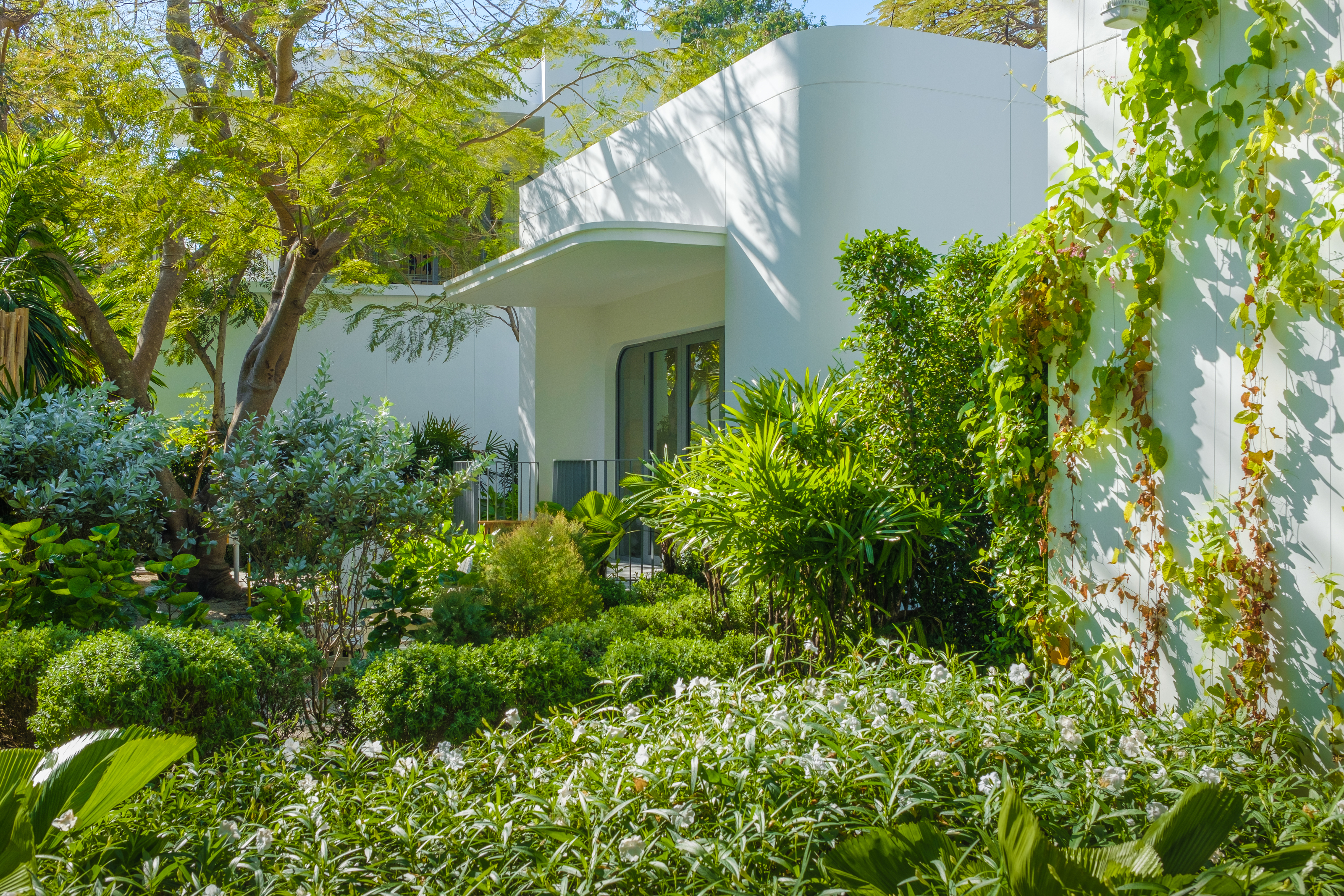

If you're not especially green-thumbed, chances are you don't give a second thought to what plants might be lurking at the bottom of your backyard. If you have invasive species hiding there, though, failure to do so could wreak havoc on your garden - and consciously owning them might even be illegal...
An invasive plant is any type of plant that grows somewhere it shouldn't and in a way that's hard to control, and in the US, there are some common offenders that cause serious problems. Many of them grow incredibly quickly and can choke out surrounding native species, posing a serious risk to ecosystems. Since some of them can be quite decorative too, people mistakenly plant them or encourage their growth in their backyard.
Inasive species are either prohibited or restricted by state or federal laws, but the plants concerned will differ from state to state. It's your responsibility to know what the restrictions are in your area. 'By avoiding these invasive plant species, gardeners can help preserve local ecosystems, protect biodiversity, and maintain a healthy garden environment,' explains Tony O'Neill of Simplify Gardening. Here, we list six problem plants that you should avoid at all costs.
1. Japanese Barberry
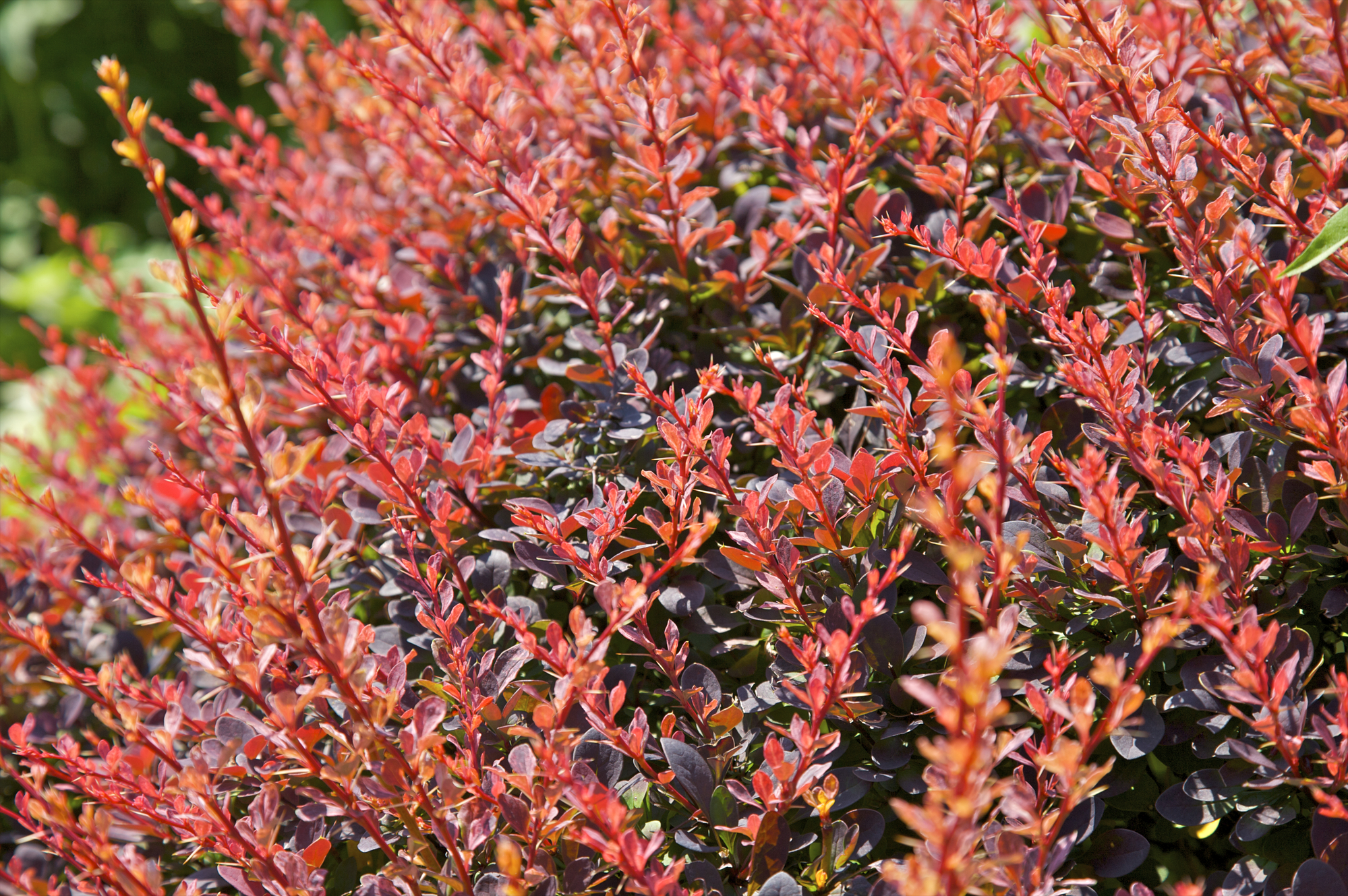
Japanese barberry is a woody shrub with curving branches with sharp spines, usually seen with red or maroon color leaves. The exotic invasive plant was introduced to the United States in the later half of the nineteenth century as an ornamental plant for landscaping, but it spreads rapidly, quickly overcrowding surrounding native plants.
Dues to its distinctive appearance, Japanese Barberry is pretty easy to identify. 'The plant has sharp thorns, and it can grow up to six feet tall,' explains Lina Cowley, a gardening expert at Trimmed Roots. 'It's also known to attract black-legged ticks, which can carry Lyme disease.'
The shrub is banned from sale in various states including New York, Pennsylvania, and Maine.
2. Bradford Pear
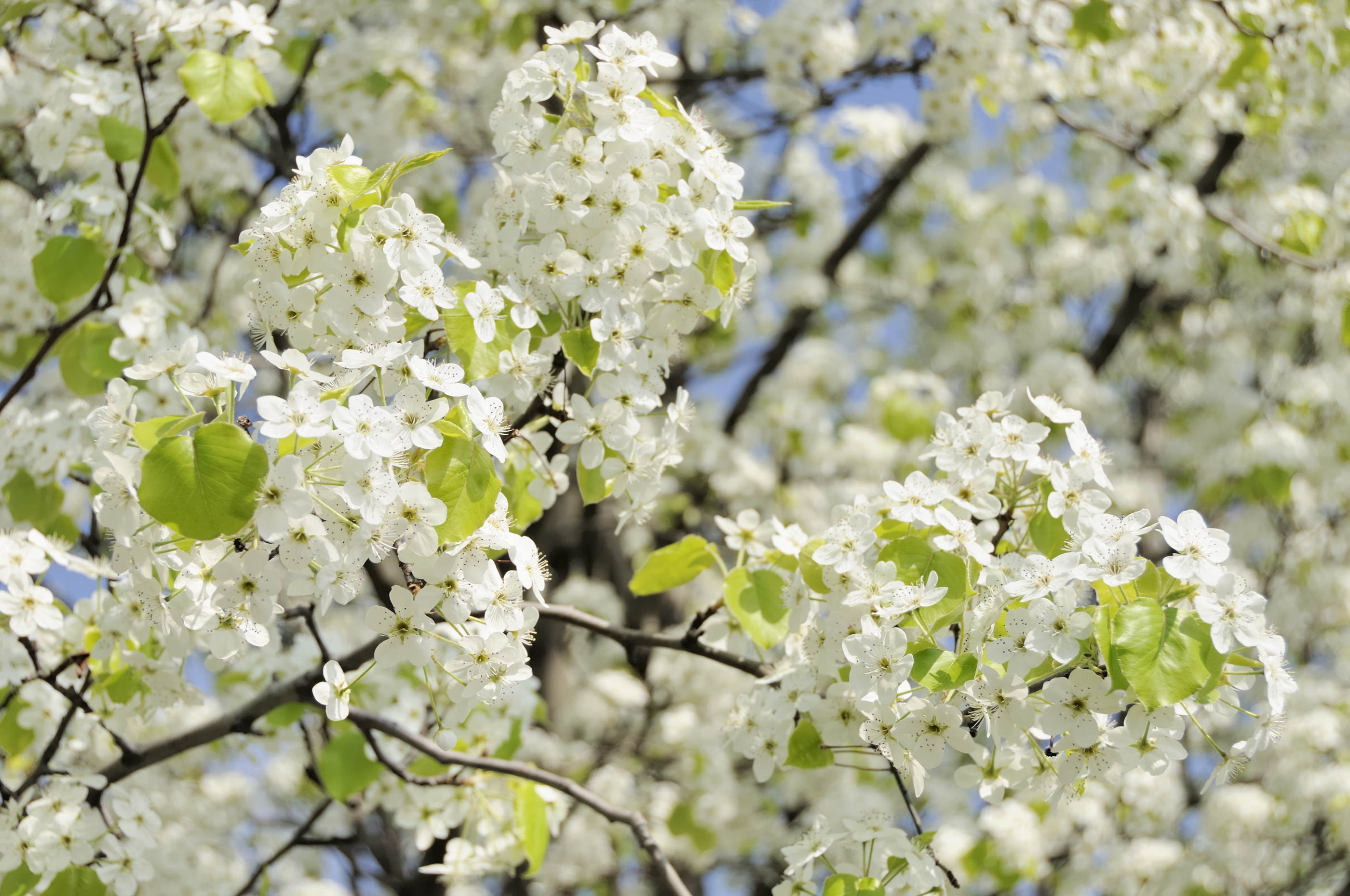
Also known as the Callery pear, Bradford pear trees grow up to 25 feet in height and have light grey bark. They're one of the first trees to blossom their mass of white petals in spring but, despite being rather beautiful, these trees are considered invasive.
Rapid growth, dense foliage, and its profusion of flowers made it a highly desirable plant for tree landscaping when first introduced, but it's proved problematic across the country ever since. 'Although prized for its spring blooms, the Bradford Pear is highly invasive and can hybridize with native pears, creating ecological issues,' explains Tony O'Neill of Simplify Gardening. 'For safer trees to plant, consider alternatives like Eastern Redbud or Flowering Dogwood.'
It's illegal to sell, grow or plant Bradford pears in states like Ohio.
Know what you're dealing with in your backyard with this easy-to-use guide to invasive plants in North America. The book feature photos and descriptions of 175 species, documenting their environmental impacts and the management techniques used to control them, as well as a step-by-step identification key.
3. Purple Loosestrife
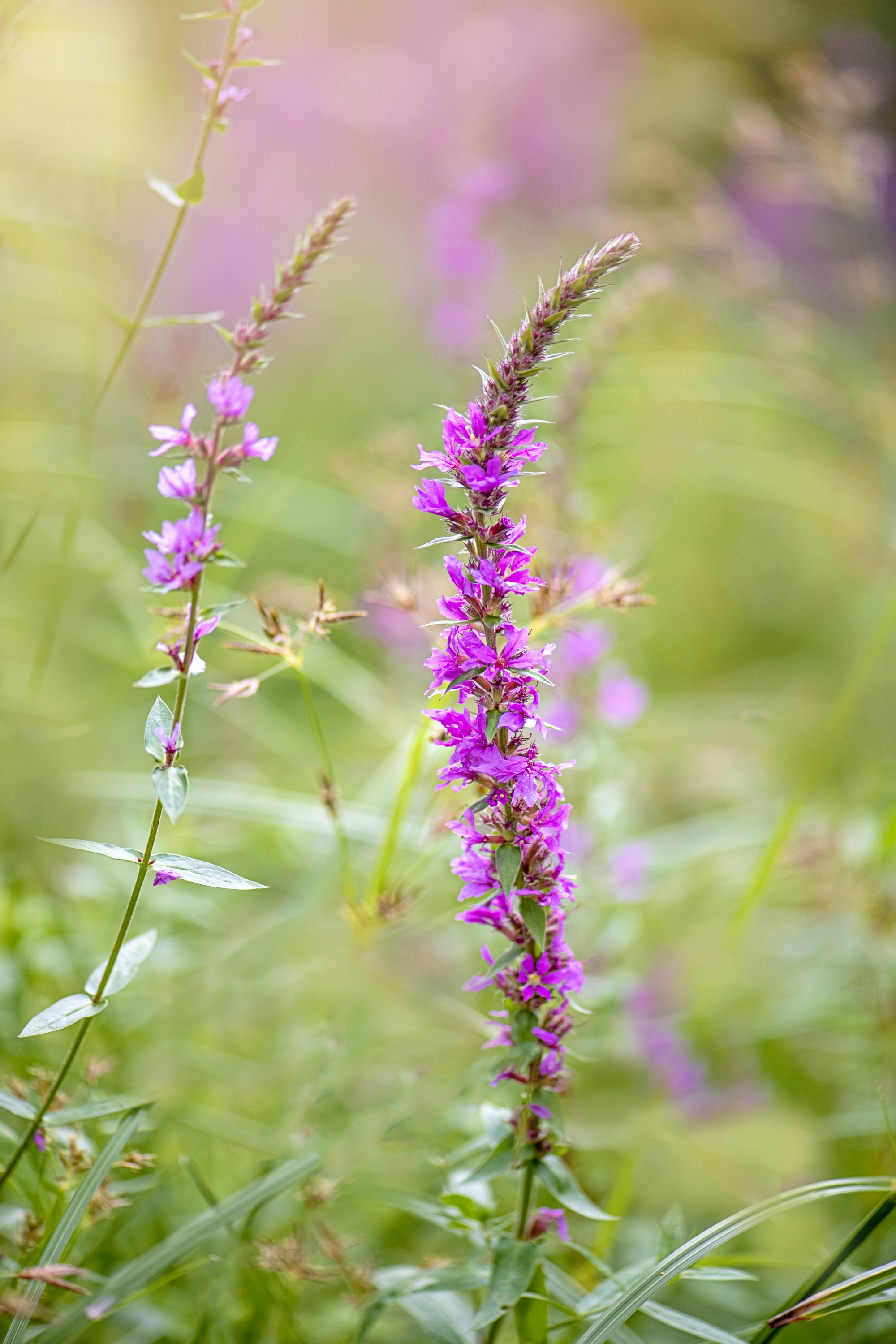
'Native to Europe and Asia, Purple Loosestrife was introduced to the US as an ornamental plant,' says Lina. The plant can grow up to six feet tall and is identified by its beautiful purple flowers, however, it can quickly spread and choke out any native plants in its path and reducing natural diversity.
'Purple loosestrife, an eye-catching tall plant, is often favored in gardens, however, it's highly invasive and poses a threat to wetlands and native plant species,' explains Stephen Webb, gardener and founder of Garden’s Whisper. 'Its ability to spread through both seeds and rhizomes makes it difficult to control.'
For a plant that's just as appealing but far safer to grow in your flower beds, Stephen suggests Joe-Pye weed, a native wildflower with diverse color variations. 'It also has the benefit of being deer-resistant, too,' he says.
4. Kudzu

Native to Japan and southeast China, this climbing perennial vine is one of the biggest menaces when it comes to invasive species. 'Known as the vine that ate the South, Kudzu is an aggressive climber that smothers and kills native vegetation,' explains Tony.
This problematic plant quite literally outcompetes everything in its wake, from native grasses to fully mature trees. The vines can grow at the rapid rate of a foot per day, creeping across spaces and completely smothering native vegetation and preventing it from photosynthesizing. 'For similar leafy foliage, choose native alternatives such as American Wisteria or Trumpet Vine,' Tony says.
5. Bamboo
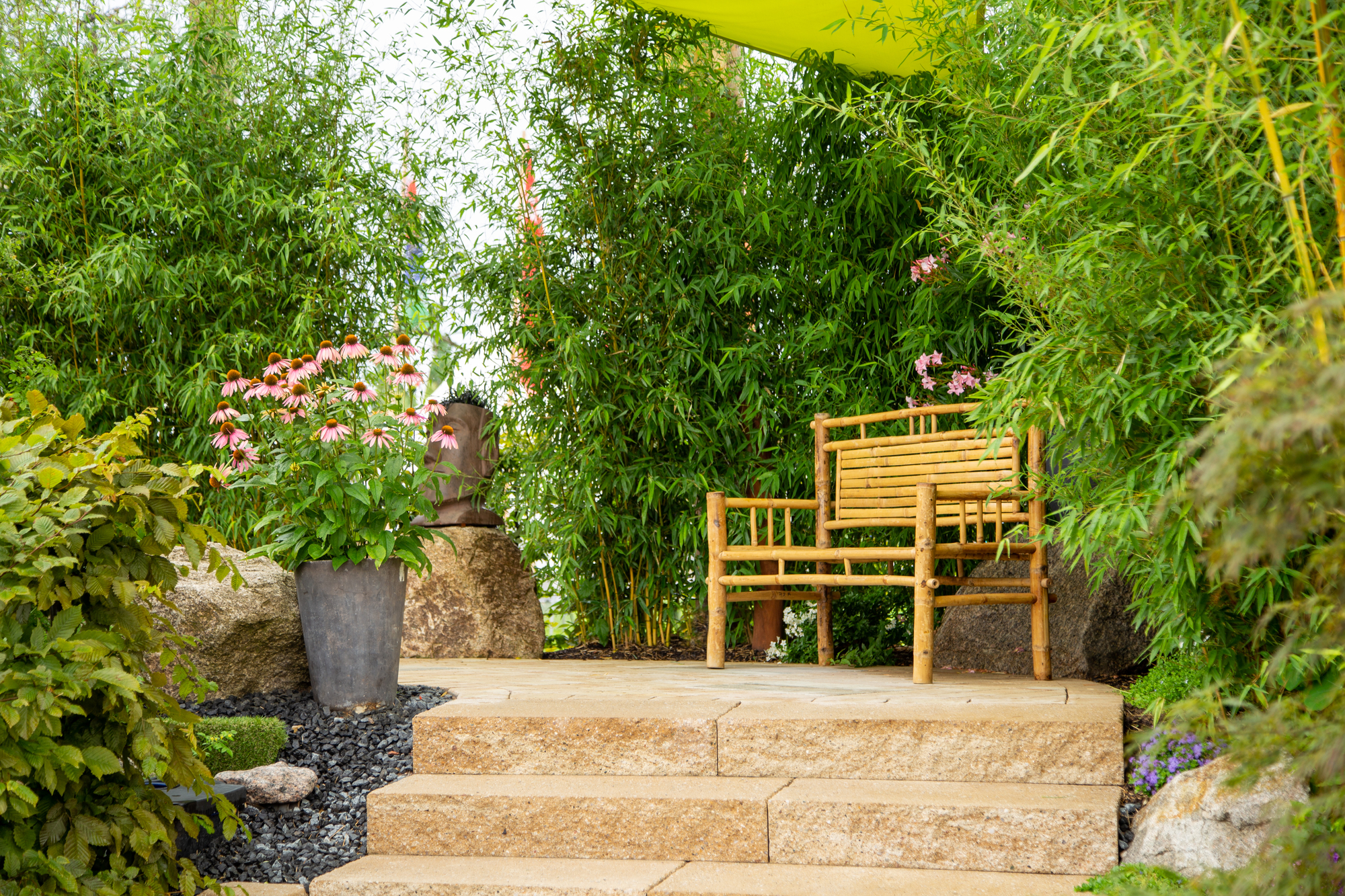
Bamboo is often used as a landscaping trick for extra privacy due to its rapid growth rate (so fast that it's considered the world's fastest-growing plant). However, the speed at which it grows has the potential to quickly overwhelm your garden, leading it to be prohibited in certain states.
'Its vigorous growth and spreading nature through rhizomes make it challenging to control,' explains Stephen. 'It can even cause damage to foundations and other structures.' As a safer alternative, he suggests Astilbe, an attractive and low-maintenance plant that offers bushy foliage in a wide range of colors that can also be used for privacy screening.
6. English Ivy
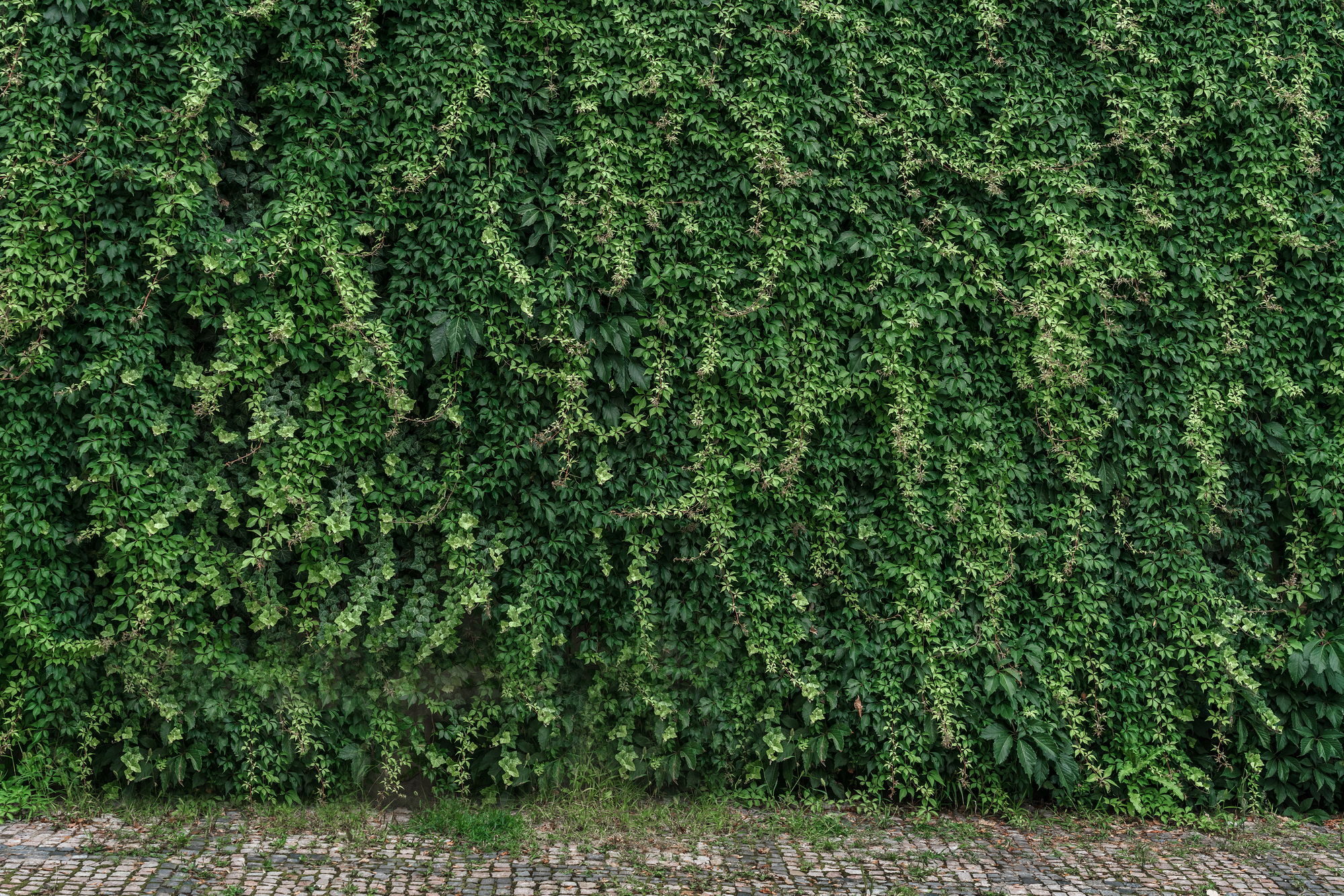
'While it may seem charming, English Ivy is notorious for suffocating native vegetation and promoting harmful pests,' says Tony. The vining plant has caused a particular problem in California and northwestern states - especially in regions near the coast - where it has spread to tree canopies and consequently harmed entire woodland ecosystems. Once established, it can be costly and labor intensive to remove.
For a climbing alternative that's safe to plant, Tony suggests trying trumpet vine. One of the best plants for covering a fence, this vigorous vine is native to the US and produces beautiful blooms in a variety of colors. Although it's not invasive, it can grow pretty aggressively, so make sure you prune it as necessary.
Be The First To Know
The Livingetc newsletters are your inside source for what’s shaping interiors now - and what’s next. Discover trend forecasts, smart style ideas, and curated shopping inspiration that brings design to life. Subscribe today and stay ahead of the curve.

Lilith Hudson is a freelance writer and regular contributor to Livingetc. She holds an MA in Magazine Journalism from City, University of London, and has written for various titles including Homes & Gardens, House Beautiful, Advnture, the Saturday Times Magazine, Evening Standard, DJ Mag, Metro, and The Simple Things Magazine.
Prior to going freelance, Lilith was the News and Trends Editor at Livingetc. It was a role that helped her develop a keen eye for spotting all the latest micro-trends, interior hacks, and viral decor must-haves you need in your home. With a constant ear to the ground on the design scene, she's ahead of the curve when it comes to the latest color that's sweeping interiors or the hot new style to decorate our homes.
-
 Turns Out the Coolest New Café is Actually In Your Kitchen — Here's How to Steal the Style of TikTok's Latest Trend
Turns Out the Coolest New Café is Actually In Your Kitchen — Here's How to Steal the Style of TikTok's Latest TrendGoodbye, over-priced lattes. Hello, home-brewed coffee with friends. TikTok's 'Home Cafe' trend brings stylish cafe culture into the comfort of your own home
By Devin Toolen Published
-
 5 Bathroom Layouts That Look Dated in 2025 — Plus the Alternatives Designers Use Instead for a More Contemporary Space
5 Bathroom Layouts That Look Dated in 2025 — Plus the Alternatives Designers Use Instead for a More Contemporary SpaceFor a bathroom that feels in line with the times, avoid these layouts and be more intentional with the placement and positioning of your features and fixtures
By Lilith Hudson Published
